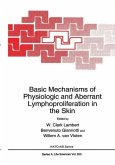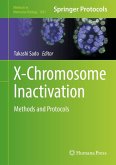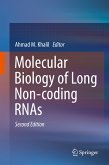In recent years, great progress has been made in the identification of the molecular players involved in the epigenetic control of gene expression during development. The work of many laboratories has established that regulating the interplay of transcription factors with chromatin components is the major driver of cellular differentiation. Because of their single cell nature and ease of purification, much of what we have learnt about these processes in animals has been delivered based on cellular models within the hematopoietic system. The blood cell system evolved from a few simple cell types in more primitive organisms that provide oxygen transport and carry out phagocytosis into the complex hematopoietic system of mammals, containing many specialized cells types with vastly different functions, such as B cells, T cells, granulocytes, macrophages, erythrocytes, and megakaryocytes. This book describes the intricate processes involved in the development of blood cells across a range of organisms from drosophila and fish at one end, and mammals at the other end. It contains individual chapters devoted to describing the epigenetic and transcriptional mechanisms regulating hematopoiesis in the different organisms and orchestrating the differentiation of a wide variety of cell types. Different chapters describe the function of lymphocytes, macrophages and red blood cells and the molecular players, i.e. transcription factors and the epigenetic regulatory machinery driving their differentiation. Most importantly, the book not only describes normal processes, such as the rearrangements of antigen receptor genes, and the regulation of genes by various mechanisms such as DNA methylation, but also outlines what happens when these processes function abnormally to precipitate diseases such as leukemia and immune disorders.
Dieser Download kann aus rechtlichen Gründen nur mit Rechnungsadresse in A, B, BG, CY, CZ, D, DK, EW, E, FIN, F, GR, HR, H, IRL, I, LT, L, LR, M, NL, PL, P, R, S, SLO, SK ausgeliefert werden.









